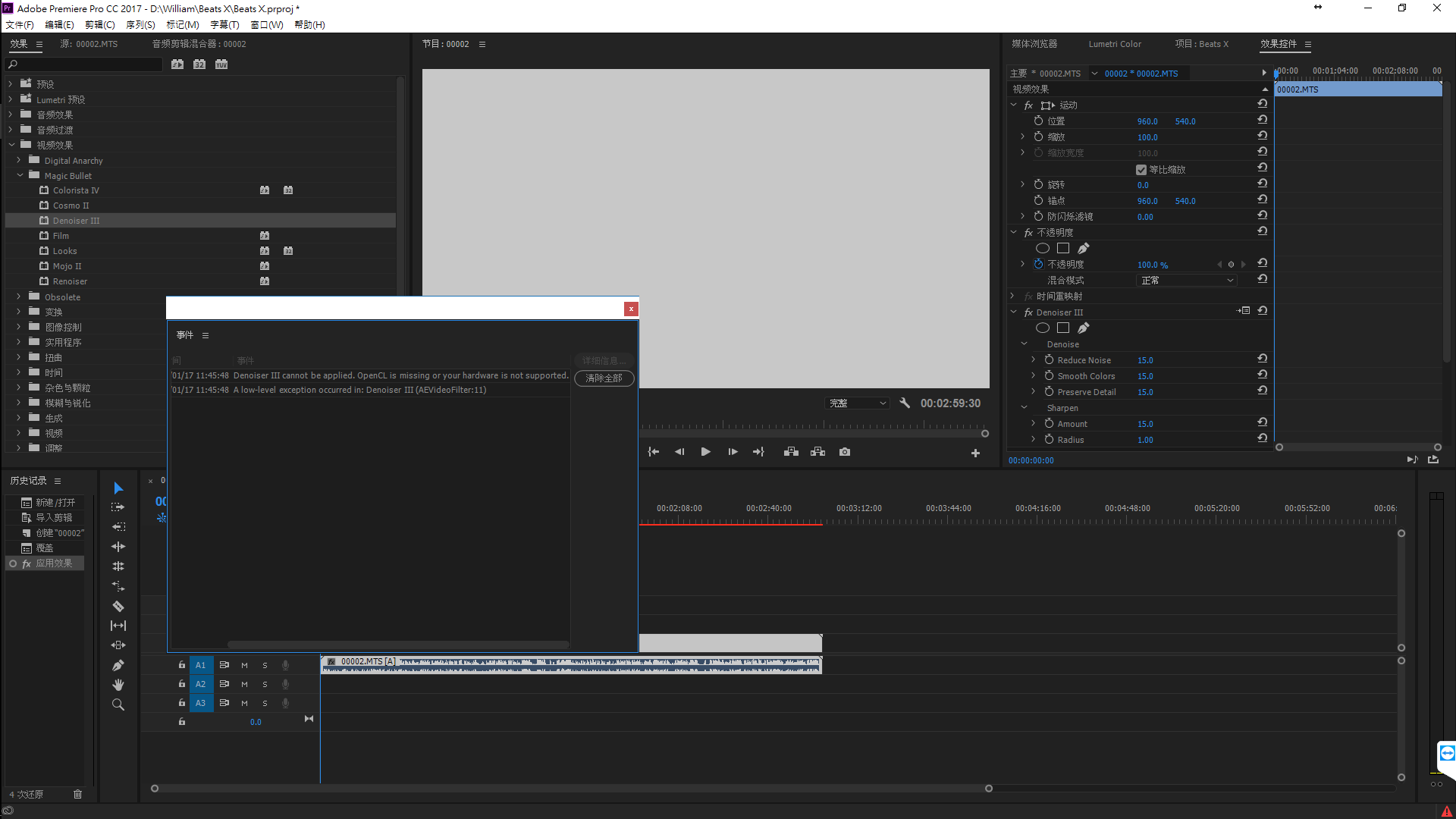
This works fine and all, but it’s not optimal for performance because you want your OS drive to be focused on delivering its best read/write performance to your OS and your applications. Point Media Cache to Different Drive from OSīy default, your Media Cache files are stored on your OS drive. Also, if you have an Nvidia GPU, then make sure to install the CUDA driver and keep it up to date. Note that Nvidia GPUs with more CUDA cores will have better performance so definitely purchase cards that have the highest number of CUDA cores that you can afford.

If you have an Nvidia GPU then select CUDA. If you have an AMD GPU then select OpenCL rendering. To change this setting go to File/Project Settings/General… then use the Renderer dropdown menu to select your preference. If you do have a dedicated GPU, which is definitely preferable, then you should select a GPU Acceleration option. If your system doesn’t have a dedicated GPU (graphics card) then you won’t be able to select the GPU Acceleration options and you will be forced to stick with the subpar Software Only setting. By default, software only is selected because not all systems have graphics cards. Premiere can realtime preview video in 3 different ways: CPU (software only), OpenCL (AMD graphics cards), and CUDA (Nvidia graphics cards). The best way to get the best performance from Premiere is to use ProRes Proxy files… but the client needs this edit tomorrow and there’s no time to transcode everything! We need to start editing now and we need Premiere to be able to keep up with our blazing fast editing skillz!!! So let’s discuss how to squeeze the most performance out of our favorite, crash loving software: And if you’re like me, you’ll take your software a bit glitchy as long as it’s the most cutting edge and performance driven. Processor: Intel(R) Core(TM) i7-4700MQ CPU 2.40 GHz 2.Adobe Premiere Pro CC certainly isn’t the most stable or glitch-free NLE on the market, but it is one of the fastest, most robust, and codec friendly software offerings. I have a Lenovo laptop using Windows 10 (*insert barfing noises*) I have a LaCie thunderbolt drive plugged in with the USB 3.0 cable.

Am I even using the correct effect for this? Not sure if I'm not using this properly or if it's a glitch or what, but any advice would be appreciated. The only thing that seems to have an effect is "balance" which I think just changes what speaker it comes from. I drag the effect to the clip, even if I lower it to -20 it seems to do nothing.

I'm not sure if I'm using it wrong, but it doesn't seem to have any effect whatsoever. I am trying to use the Denoiser audio effect in Premiere to lessen the white noise in the background (this is especially important when I have to increase the volume/gain on a clip, as it also makes the white noise very evident).


 0 kommentar(er)
0 kommentar(er)
